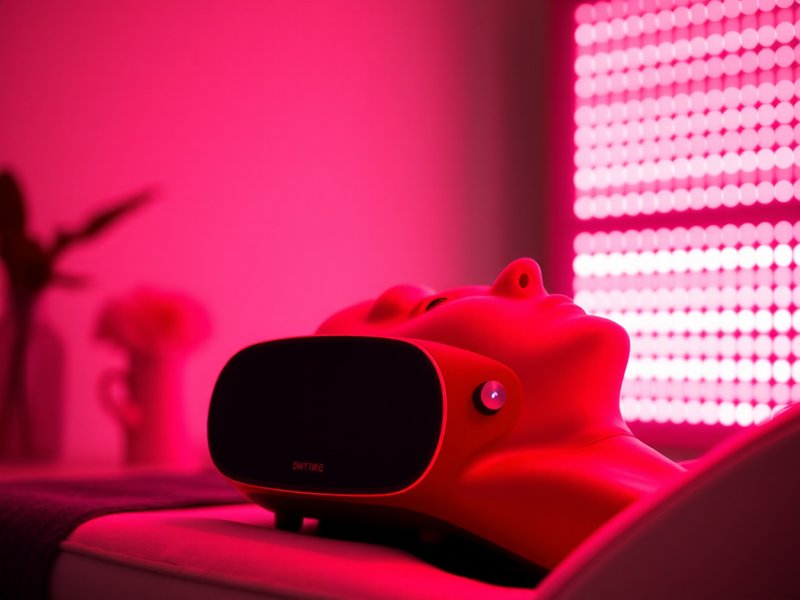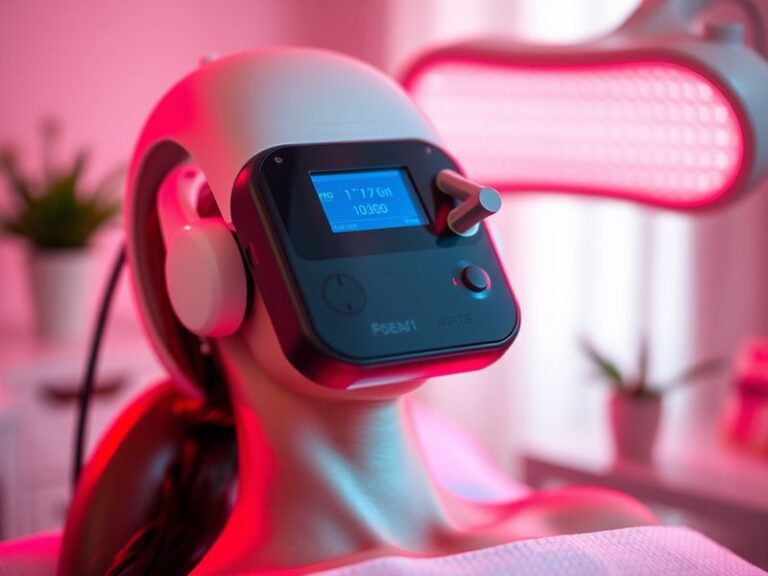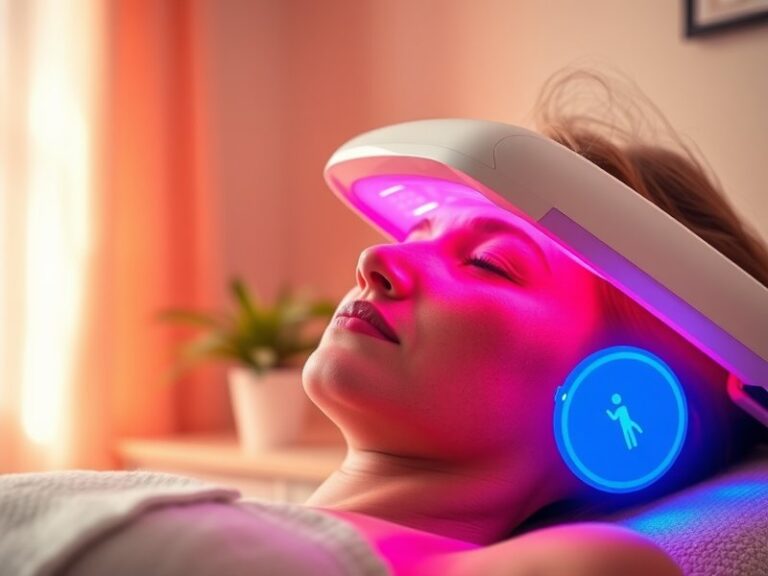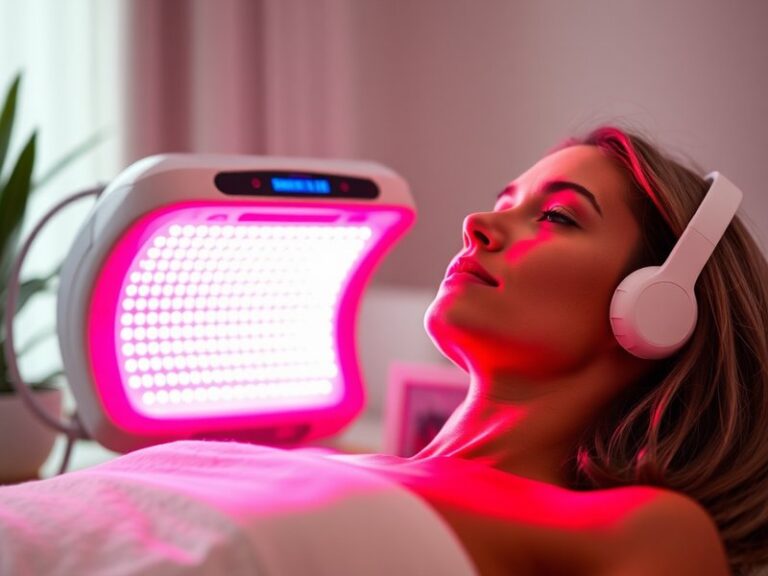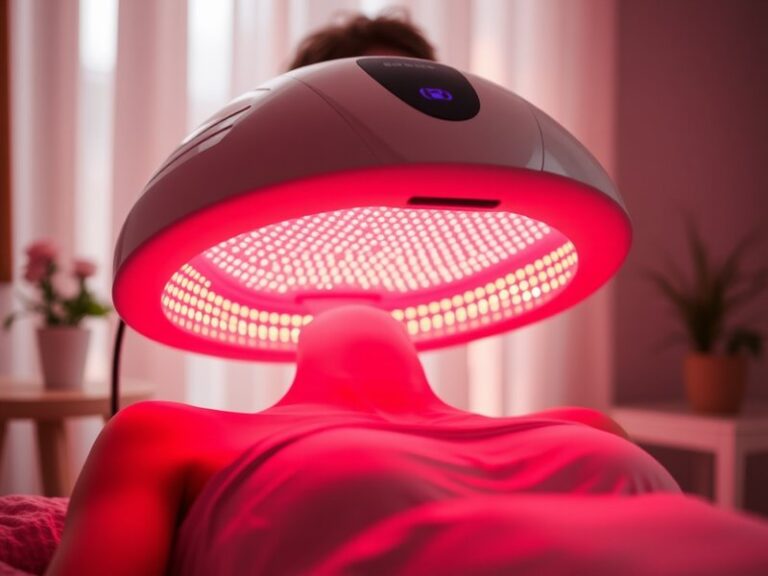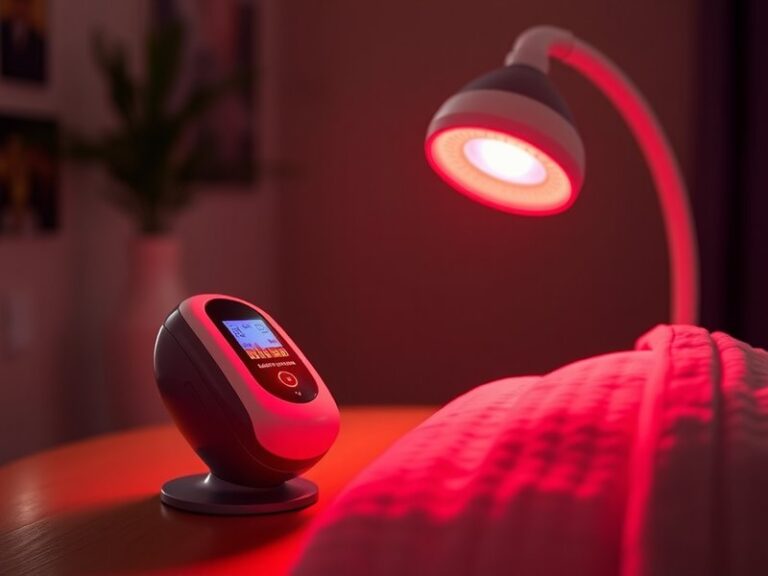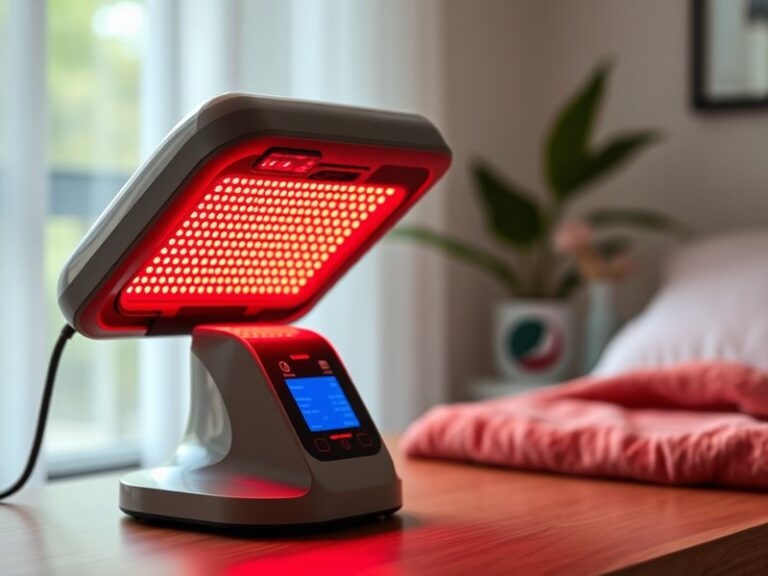Can You Red Light Therapy Too Much?
Can You Red Light Therapy Too Much?
Have you ever wondered if there might be a limit to the benefits of red light therapy? This article dives into the nuances of red light therapy, examining whether excessive use could yield adverse effects, and what guidelines may help ensure safety and efficacy.
Red light therapy has gained popularity for its numerous health benefits, ranging from skin rejuvenation to pain relief. However, as with any therapeutic approach, it’s essential to consider the implications of overuse. We’ll discuss the key elements of red light therapy, its potential benefits, associated risks, and best practices to optimize its use.
Key Takeaways
- Red light therapy has promising benefits, but moderation is crucial to avoid potential side effects.
- It is generally safe, though overexposure might lead to diminishing returns or minor skin irritation.
- Understanding individual responses and consulting with professionals can enhance the effectiveness of red light therapy.
What is Red Light Therapy?
Red light therapy (RLT) involves exposing the skin to low levels of red or near-infrared light. This process is thought to stimulate cellular function, enhance circulation, and promote healing.
Originally developed for plant growth in controlled environments, RLT has since been applied in medical and aesthetic treatments. By using wavelengths typically between 600 to 900 nanometers, red light penetrates tissues at various depths, which can lead to significant biological changes.
How Does Red Light Therapy Work?
Red light therapy works through a process called photobiomodulation, where light absorption leads to increased adenosine triphosphate (ATP) production in cells. ATP is crucial for energy transfer within the body, aiding in repair and recovery processes.
This cellular stimulation can enhance metabolism and trigger various biochemical reactions, resulting in improved skin health, decreased inflammation, and accelerated tissue repair.
What are the Benefits of Red Light Therapy?
Red light therapy offers a range of benefits, making it appealing for many health-conscious individuals. Below are some significant advantages of incorporating RLT into your health routine.
Skin Health and Anti-Aging
Numerous studies suggest that RLT can improve skin texture, elasticity, and reduce signs of aging. The therapy boosts collagen production, which can lead to firmer, more youthful-looking skin.
Pain Relief and Muscle Recovery
Red light therapy is often used for its analgesic properties. Athletes and those suffering from chronic pain conditions have reported reduced discomfort and faster recovery times after workouts or injuries due to improved circulation and cellular repair.
Improved Hair Growth
Research indicates that red light therapy may stimulate hair follicles, promoting hair growth in individuals experiencing androgenetic alopecia or thinning hair. RLT can potentially enhance the thickness and health of hair strands.
Enhanced Mood and Sleep
Some studies suggest that red light therapy may positively affect mood and regulate sleep patterns by influencing melatonin production, leading to improved overall well-being.
Get informed with Benefits of Red Light Therapy for the Stomach
Is it Possible to Overuse Red Light Therapy?
While red light therapy is largely safe, there remains a question about whether it’s possible to have too much of a good thing. Overexposure may lead to a phenomenon known as the “diminished return,” where additional sessions do not translate to further benefits.
What are the Advantages of Capping Red Light Therapy?
Limiting red light therapy sessions ensures that users do not experience negative side effects. Taking breaks may help in achieving:
- Stabilized results: Prevents the body from becoming desensitized to the effects of RLT.
- Reduced irritation: Avoids potential minor skin irritations that may occur with excessive use.
- Enhanced convenience: Fewer sessions save time and energy, making treatment more manageable.
What are the Disadvantages of Overdoing Red Light Therapy?
Overusing red light therapy can lead to certain drawbacks, including:
- Skin irritation: Prolonged exposure can cause redness or sensitivity similar to a mild sunburn.
- Possible eye strain: High-intensity light can be harsh on the eyes, underscoring the importance of using protective eyewear during treatment.
- Wasted resources: Unnecessary additional sessions can lead to increased costs without added benefit.
What are the Things to Consider Before Using Red Light Therapy?
Before diving into red light therapy, consider the following factors to optimize your experience:
Consult with a Professional
If you have underlying health conditions or are pregnant, consulting with a healthcare professional can help ascertain safe usage tailored to your individual needs.
Understand Your Skin Type
Skin sensitivity varies greatly among individuals. Knowing your skin type can guide you in selecting the appropriate intensity and duration of therapy sessions.
Follow Manufacturer Guidelines
Always adhere to the recommended usage parameters provided by the manufacturer of your red light therapy device. This will help ensure both safety and effectiveness.
What are the Alternatives to Red Light Therapy?
If you find that red light therapy is not suitable or ineffective for your needs, there are several alternative treatments available.
Cold Laser Therapy
Cold laser therapy, similar to RLT, utilizes low-level laser light to stimulate tissue, reduce pain, and promote healing, often with targeted applications.
Ultrasound Therapy
Ultrasound therapy employs sound waves to generate heat deep within tissues, fostering healing and pain relief, particularly effective in physical therapy settings.
Explore further in Negative Side Effects of Red Light Therapy?
Cryotherapy
Cryotherapy involves exposing the body to extreme cold to reduce inflammation and pain, often utilized by athletes for recovery.
Conclusion: Is it Recommended to Overuse Red Light Therapy?
In conclusion, while red light therapy boasts numerous benefits, moderation is vital to avoid potential side effects. Recognizing your body’s responses and adhering to guidelines can maximize its effectiveness. For personalized guidance, consider consulting with professionals in the field.
Frequently Asked Questions
Can red light therapy damage the skin?
When used correctly, red light therapy is typically safe and not damaging to the skin. However, overexposure may lead to minor irritation or sensitivity.
How often should I use red light therapy?
The recommended frequency varies based on the treatment goal, but many suggest 3-5 sessions per week as a starting point, gradually adjusting as needed.
Is red light therapy effective for weight loss?
While some studies suggest it might aid in reducing fatty tissues and promoting metabolic processes, it works best as a complementary therapy rather than a standalone solution.
Can anyone use red light therapy?
While generally safe, certain individuals, such as those with specific skin conditions, or pregnant women, should consult a healthcare provider before using red light therapy.
What should I look for in a red light therapy device?
Look for devices that specify wavelength, intensity, and treatment area; FDA-cleared products can provide additional assurance of safety and effectiveness.
